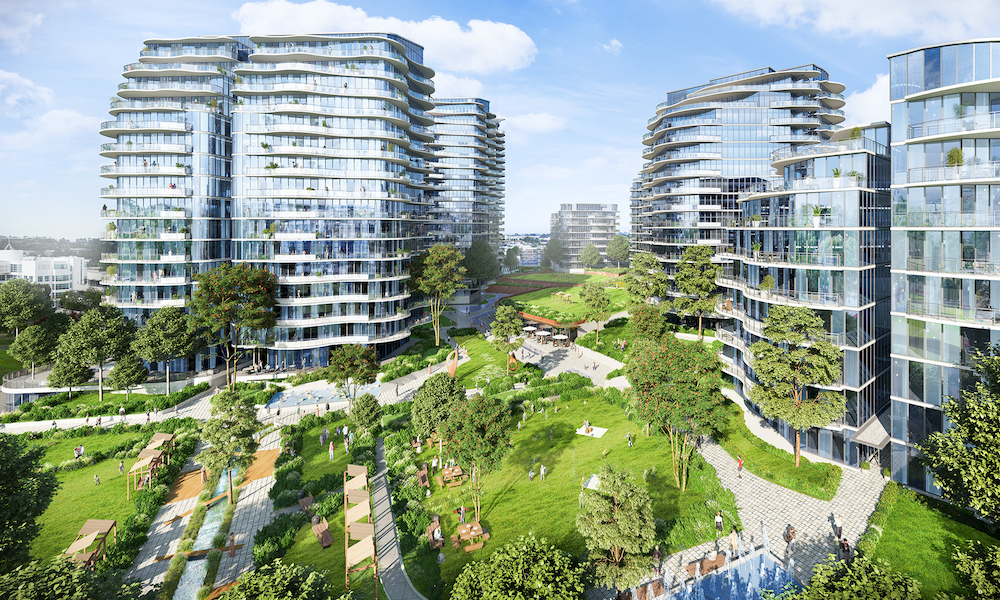Developer Mulpha and the University of NSW Built Environment faculty have announced a ground-breaking research initiative aimed at understanding how the Norwest precinct handles heat and assessing ways to mitigate its impact through smart building, infrastructure and landscape design.
Tim Spencer, Executive General Manager, Mulpha Developments said:
“Our target is to lower the Heat Island Effect by two degrees, which will deliver significant cost savings and health benefits to the businesses and residents of Norwest.”
The two-phase project, due to commence in early 2021, will establish a network of environmental sensors around the Norwest precinct and a real-time data platform and spatial map of urban heat at Norwest. This will be extensively analysed to determine how the precinct performs now as well as how it develops as the climate continues to change. An evidence-based design guide will be developed to create a more liveable environment and deal with the challenge of climate change at a local level.
Dr Negin Nazarian*, Scientia Lecturer, UNSW Built Environment, said:
“Heatwaves in Australia are becoming more frequent and severe, killing more people than any other natural disaster. This has serious consequences for public health, liveability and functionality of urban environments.
“With the increased rate of urban development, urban-scale climate is dramatically changed, resulting in additional warmth brought about by the urban heat island (UHI), i.e. air and surface temperatures in settlements being significantly warmer compared to their surroundings.
“It is paramount that we understand and closely monitor not only the climatic factors, but also the urban design characteristics that impact human health and well-being in the face of such heat events, and further promote smart city strategies to address this.
“Once the data has been collected, Mulpha will develop mitigation strategies to minimise heat build-up in Norwest. These can include the type of materials used for both building and surface areas, use of awnings, screens and external shading structures, landscape design including vegetation and tree planting in both private and public spaces, and effective use of water features.
“The proposed mitigation strategies can have a major impact on the climate variability and liveability in urban environments such as Norwest.”
Tim Spencer, Executive General Manager, Mulpha Developments said:
“We are excited to be collaborating with some of the leading thinkers and bright young minds of UNSW to really understand the Norwest micro-climate and how we can influence it with good planning and design.
“Effective collection of on-the-ground data and analysis by world leading experts is central to our vision for Norwest as a Smart City that leads the way in urban design.
“A more liveable urban environment is also a better business and living environment that can deliver energy cost savings and ensure Norwest is a place where people enjoy being and giving their best, as well as being a great place to live and work in all respects.”
To engage Norwest workers and residents in the project, UNSW has conducted thermal image mapping of Norwest using a drone and produced an online interactive map showing micro-climate variability at Norwest.
https://www.norwestcity.com.au/vision/initiatives/norwesteco/heatmap/
* Dr Negin Nazarian, Scientia Lecturer, UNSW Built Environment works as part of a team with Professor Mat Santamouris, The Anita Lawrence Chair in High Performance Architecture, UNSW Built Environment; Professor Chris Pettit, Professor of Urban Science, Director of City Analytics Program Future Cities Research Centre and Assoc. Professor Paul Osmond, Professor of Sustainable Development, High Performance Architecture, UNSW Built Environment.


